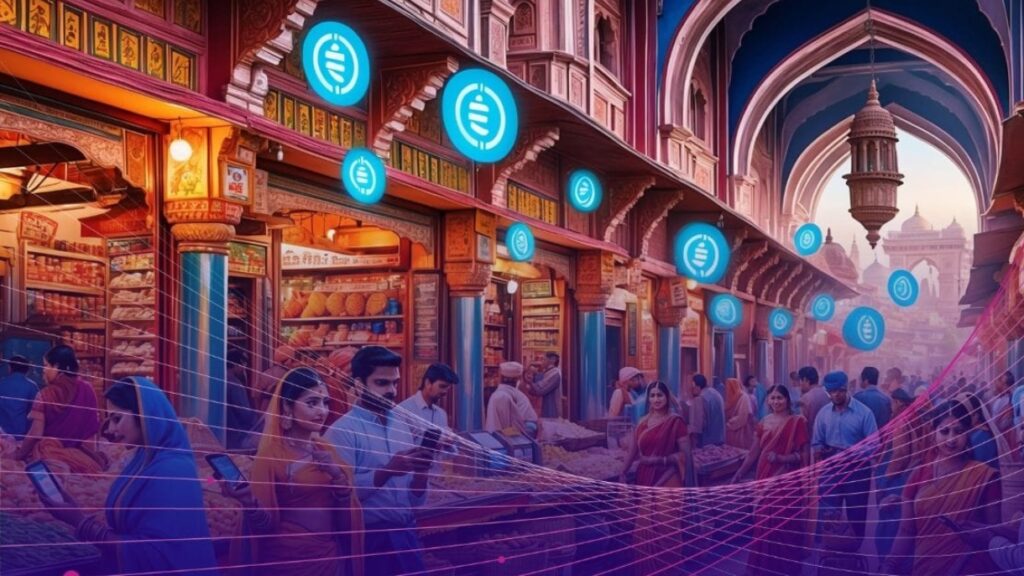By incorporating Central Bank Digital Currencies (CBDCs) to improve transaction efficiency and lower remittance costs, India is leading the way in the revolution of cross-border mobile payments. To create smooth payment systems, the government is working with countries like Sri Lanka and the United Arab Emirates.
Enhancing International Payment Methods
India is working harder to integrate CBDCs into its banking system and promote cross-border mobile payment methods. Deputy Governor T. Rabi Sankar of the Reserve Bank of India (RBI) disclosed continued collaborations with nations like Bhutan, Nepal, Sri Lanka, and the United Arab Emirates. The goal of these partnerships is to provide effective and affordable payment systems for global trade.
Using India’s cutting-edge payment technologies, the RBI is also collaborating closely with ASEAN central banks to develop a regional instant payment framework.
Collaborating to Increase Global Payment Effectiveness
In addition to current talks with the UAE and other nearby countries, India has also signed payment agreements with countries like Sri Lanka, Bhutan, and Nepal. These collaborations aim to:
Make quick settlements possible.
Boost the effectiveness of trade.
Lower the cost of remittances for millions of Indians living abroad.
India is creating an integrated payments network as part of the Bank of International Settlements’ (BIS) Project Nexus program. The Unified Payments Interface (UPI) in India, which is well-known throughout the world for its scalability and effectiveness in real-time transactions, forms the foundation of this effort.
The Development of a Regional Payment Platform
By 2026, India and ASEAN countries hope to have a regional payments platform up and running. Smooth cross-border transactions will be made possible by the integration of UPI with platforms such as Singapore’s PayNow. Regulatory compliance is still a major obstacle, despite the ambitious aim. One of the highest priorities is making sure that anti-money laundering (AML) and countering the financing of terrorism (CFT) laws are followed. By implementing cutting-edge security measures and conducting thorough pilot testing, the RBI is allaying these worries.
The Digital Rupee: Leading the Way in Financial Change
Launched in 2022, the RBI’s Digital Rupee pilot has earned popularity as a possible game-changer for international remittances and trade. Throughout the experiment, which has five million users, the following topics have been prioritised:
Testing strong security measures.
Evaluating the effect on financial stability and monetary policy.
In contrast to cryptocurrencies, central banks issue and oversee CBDCs, guaranteeing stability and lowering the dangers brought on by market volatility. Financial inclusion will be promoted by the Digital Rupee’s offline capabilities, which also promise to bring financial services to remote locations with spotty internet access.
A Careful Handling of a National Rollout
The RBI is moving cautiously even though CBDCs have a lot of promise. Deputy Governor Sankar stressed that comprehensive impact studies would be necessary before the Digital Rupee was fully implemented. The central bank is committed to protecting the interests of the banking sector and monetary policy while making sure that CBDCs are in line with India’s larger financial stability objectives.
India is committed to adopting cutting-edge financial technology while taking a cautious, balanced approach, as seen by its investigation of CBDCs and its attempts to modernise cross-border mobile payments. These programs establish India as a pioneer in payment innovation worldwide and pave the way for smooth, inclusive, and effective financial transactions in the future.




























